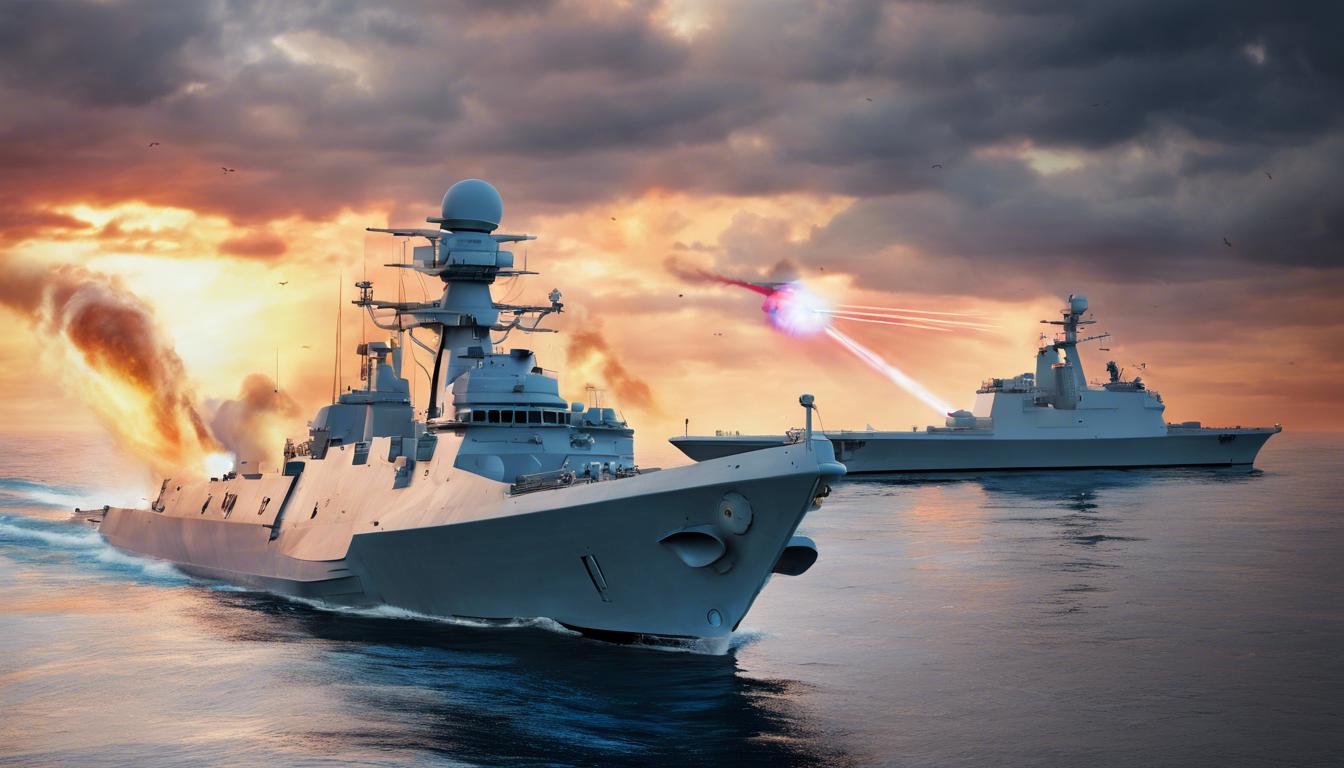The UK Ministry of Defence is set to escalate its defense capabilities significantly with the early deployment of the high-tech DragonFire laser system on Royal Navy ships and expanded naval exercises in the Indo-Pacific region in partnership with the US and Japan.
The UK Ministry of Defence is advancing its military capabilities with several recent strategic developments. Firstly, the British military is set to deploy the DragonFire laser weapon system on Royal Navy warships by 2027, five years earlier than originally planned. This early deployment, facilitated by Defence Secretary Grant Shapps’ initiative to cut through red tape, addresses the increasing urgency for defense readiness. DragonFire, known for its precision in disabling drones, missiles, and aircraft, can heat targets to over 3,000C in less than a second, offering a cost-effective solution at less than £10 per shot.
Following this advancement, the UK also plans to increase its engagement in the Indo-Pacific region. Starting from 2025, the Royal Navy’s HMS Prince of Wales will lead a Carrier Strike Group to conduct regular military exercises in collaboration with the US and Japan. These initiatives aim to bolster democratic alliances and maintain global security and stability conducive to free trade and travel.
Amid these developments, the UK has augmented its support for Ukraine amidst ongoing conflicts by transferring two former Royal Navy minehunter ships, renamed Chernihiv and Cherkasy, to the Ukrainian navy. These vessels, intended for mine clearance in the Black Sea, will significantly improve Ukraine’s maritime defense capabilities. While currently restricted from entering the Black Sea due to international conventions, the ships remain in Portsmouth, where Ukrainian crews are receiving necessary training. This support aligns with the UK’s broader commitment to bolster Ukraine’s defenses, an initiative further supported by the creation of the Maritime Capability Coalition to provide sustained assistance to Ukraine’s navy.
These measures collectively demonstrate the UK’s strategic commitment to upgrading its military capabilities and strengthening international defense collaborations.













